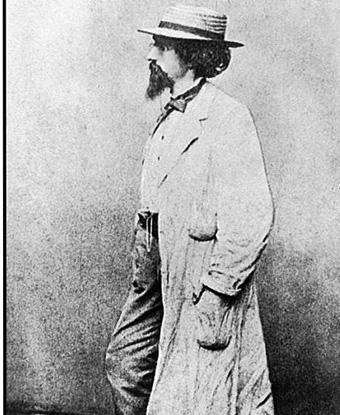Last updated: July 15, 2020
Person
Mathew Brady

Library of Congress
Mathew B. Brady first became interested in photography in 1839 after meeting Samuel Morse, the inventor of the telegraph. After meeting Louis Jacques Daguerre, the inventor of the daguerreotype, Morse opened a studio in New York City at which he also offered classes and Brady was one of his first students.
In 1844 Brady opened his own photography studio and quickly made a name for himself by taking photographs of famous Americans and exhibiting them. In 1849 Brady moved his studio to Washington, D.C. and throughout the 1850s experimented with different styles of photography.
When the Civil War broke out Brady became enraptured with the idea of documenting the war and requested permission to do so from Abraham Lincoln. Lincoln agreed to Brady's request with the provision that he fund the effort himself. Brady agreed and set out to capture the war in photographs. He employed more than a score of men, including Alexander Gardner and George Barnard, to accomplish this feat and his photographers capture over 10,000 images during the course of the war.
Brady himself spent most of his time in Washington organizing his assistants and the photographs they submitted, rarely visiting the battlefields himself. This may have been due to his eyesight, which had begun deteriorating several years earlier. Brady's most famous exhibition from the war was entitled "The Dead at Antietam," which featured numerous photographs of corpses on the battlefield and brought the war home to the American people in a way not previously seen.
All in all, Brady spent over $100,000 to document the war, expecting the government to purchase the photos after the war concluded. However the government refused, offering in 1875 to pay Brady only $75,000 for the prints. This pushed Brady into bankruptcy and he was forced to sell his studio. Mathew Brady died penniless and alone in a charity ward in 1896.
